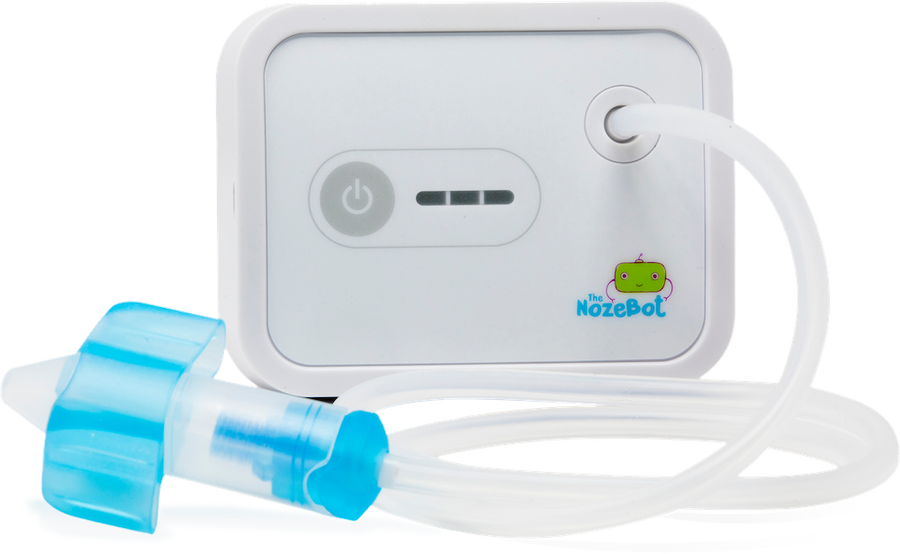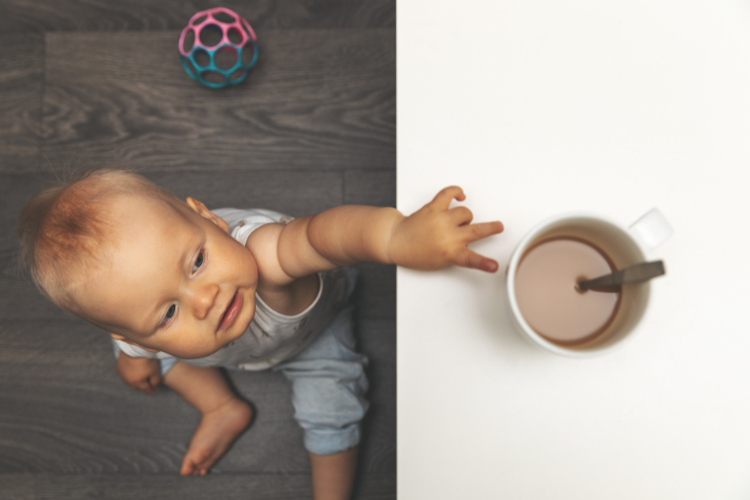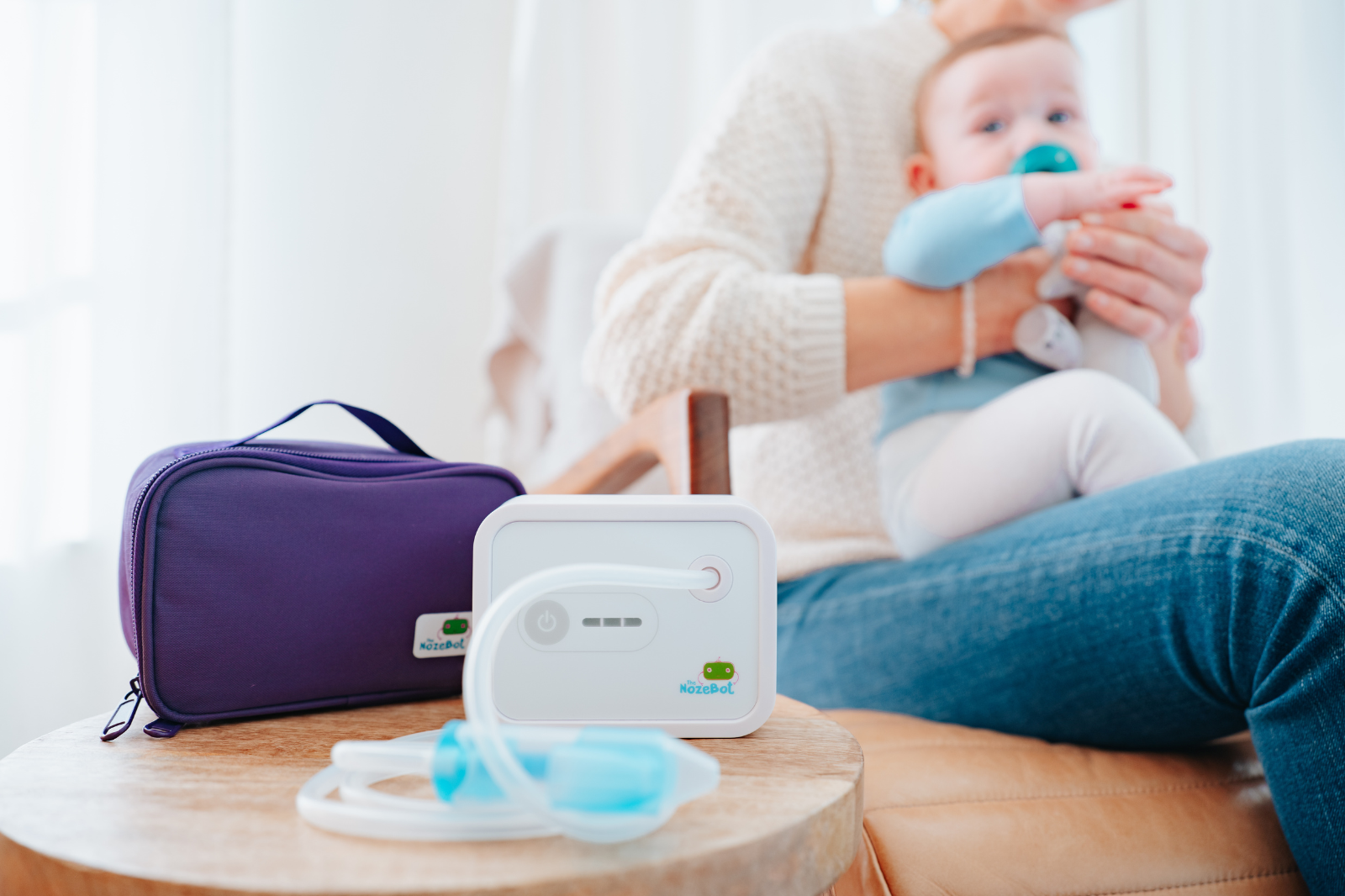Guest Post by Katy Fleming, MA, LPC, BSN, RN
As a parent, you try to protect your children from any harm. No matter how closely you watch your kiddos, accidents happen.
Burns are one of the most common childhood injuries yet many parents don’t know how to properly treat a burn. Potentially save a life with these vital tips on burn treatment.

What to Do If Your Child Gets Burned
It’s scary to think about your little one hurting themselves with steaming hot water or a curling iron.
Increasing your understanding of the types of burns and appropriate first aid will increase the healing process, prevent further damage, and possibly save their life.
Let’s break down the types of burns, steps in first aid, and what to avoid.
Types of Burns
Before learning how to treat a burn, it’s important to understand the different types and severity of burns. Thermal, radiation, chemical, or electrical contact are the main causes of burns.
- Thermal: Steam, scalding liquids, and hot metals raise the temperature of the skin after coming in contact, which leads to cell death.
- Radiation: Extended exposure to ultraviolet rays (i.e., the sun) or other radiation such as X-rays.
- Chemical: Acids, alkalies, detergents, or solvents come in contact with the skin and/or eyes.
- Electrical: Resulting from an electrical current.
Scalding liquids cause approximately 75% of burns in young children, which is a type of thermal burn.
After identifying the cause and type of burn, assess the level of burn to ensure proper treatment. Each level depends on how severe and deep the skin was penetrated.
1. First Degree Burn
First-degree burns only affect the outer layer of skin and are somewhat painful like sunburn. The skin will turn red, but no blistering.
2. Second Degree Burn
Second-degree burns affect the outer layer and part of the next layer of skin. The burn site is painful, blistered, red, and possibly swollen.
3. Third Degree Burn
Third-degree burns destroy the top two layers of skin and appear charred or white. There is typically no feeling in the area since the nerve endings are destroyed.

First Aid for Burns
If your little one is severely burned, it’s important to call 911 immediately for emergency medical attention. Until the ambulance arrives, take these steps to prevent further damage:
- Remove clothing from the burned area unless the clothes are stuck to their skin.
- Run cool (not cold) water over the burn
- Apply gauze or a clean cloth
- Offer ibuprofen or acetaminophen for pain (for children 6 months and older)
Contact your pediatrician to discuss mild burns and manage the healing process after severe burns.
Most small, first-degree burns are easily managed at home by cooling the area, covering the burn, and continuing to clean the area as it heals to prevent infection.
Seek immediate medical attention for electrical burns and burns of the hands, mouth, or genitals.
What NOT to Do
There are several misconceptions surrounding burn care. Identifying the appropriate steps for first aid may potentially save your child’s life.
Avoid doing these to prevent the risk of infection or worsening the area:
- Never put ointment, butter, or sprays on a burn. It slows the release of heat and worsens the burn.
- Never pop a blister as this may lead to infection.
- Never use ice or cold water as it decreases blood flow to the area and inhibits the healing process.
- Never rub the area as this may worsen the damage.

Want more tips and tricks for your little one? Check these out:
Consider these life-saving first-aid steps to treat a child (or even an adult) with a burn. Treatment starts with eliminating misconceptions, learning the facts, and understanding the healing process.
Check out this account of a frightened mom’s first-hand experience with a severe burn on Dr. NozeBest’s TikTok. Be sure to follow us for more helpful tips and information!
Contact your child’s pediatrician to further discuss any questions or concerns regarding the treatment of burns.
As a licensed counselor and registered nurse, Katy approaches freelance writing with years of experience and a unique perspective. Alongside her partner, Katy loves to travel the world and embrace other cultures from volcanoes in Iceland to villages in India.
The Nozebot is a battery-powered suction device designed to clear nasal congestion in babies and children.


